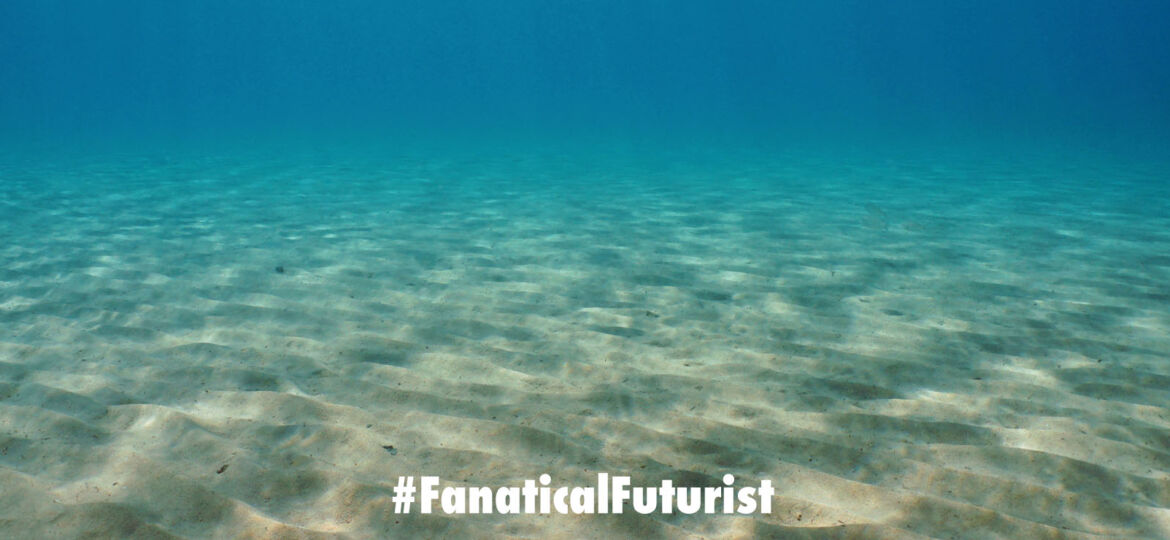
WHY THIS MATTERS IN BRIEF
Offshore wind is becoming increasingly important and now a radical new substation design is giving it a big boost.
 Love the Exponential Future? Join our XPotential Community, future proof yourself with courses from XPotential University, read about exponential tech and trends, connect, watch a keynote, or browse my blog.
Love the Exponential Future? Join our XPotential Community, future proof yourself with courses from XPotential University, read about exponential tech and trends, connect, watch a keynote, or browse my blog.
So far companies have installed more than 1 Trillion Watts of renewable energy around the world and as governments everywhere invest in building out more offshore wind capacity clean energy firm Aker Offshore Wind have announced they’ll be using revolutionary new underwater substations to help them expand their offshore wind farm infrastructure off the coast of Scotland, a press statement reveals.
With all the hype around new and alternative energy sources substations, which transfer the energy generated by wind turbines into the grid and into homes and businesses, often get overlooked.

Courtesy: Aker
Normally they’re installed above sea level, however, moving them down to the seabed provides several game changing benefits. For starters, seawater acts as a natural cooling system – which reduces energy consumption – and an underwater substation also requires fewer components and no rotating parts. Alongside the stable undersea temperatures, this all increases the reliability and reduces the maintenance cost of a substation anchored to the seabed.
Aker Offshore Wind had partnered with Ocean Winds to submit “a series of floating bids which could deliver up to 6,000MW of energy in the Outer Moray Firth,” the company says in its statement. This would make it “by far the UK’s biggest wind energy development and [it would] power millions of homes with renewable energy.”
The companies’ work will help to bolster the UK governments efforts to curb carbon emissions. The country announced this year that it aims to slash emissions by 78 percent by the year 2035, before reaching its net-zero goal by 2050.
“Our vision is for the UK to become a global leader in floating offshore wind, contributing to our Net Zero mission with green energy at scale,” said Sian Lloyd-Rees, managing director of Aker Offshore Wind UK. “We have the opportunity to implement new technology in the ScotWind leasing round, making Scotland and the UK a global leader in subsea solutions for floating offshore wind and exporting the technology around the world.”
Aker Offshore Wind says approximately 80 percent of the world’s wind resources are located in deep water that reaches more than 196 feet (60 meters) below sea level, meaning they are not suitable for fixed-foundation wind farms. Other companies, such as GE recently revealed their own floating offshore wind farm innovations. The firm revealed a new giant deep sea floating wind turbine concept in March. South Korea, meanwhile, announced last month that it will build a 1.4 GigaWatt floating offshore wind farm in a bid to meet its own climate change goals, and Denmark is building a $24 Billion “Energy Island.”
















